Your Car Is Quietly Making You Poor and Here’s the Proof
Owning a car feels like a normal part of American life. It is something you do without thinking twice. But once you start looking at where your money actually goes, the picture shifts. Every tank of gas, repair bill, and insurance payment adds up in ways most people don’t track. What looks like convenience on four wheels often ends up being one of the biggest leaks in a household budget.
Loan Terms That Stretch Too Long
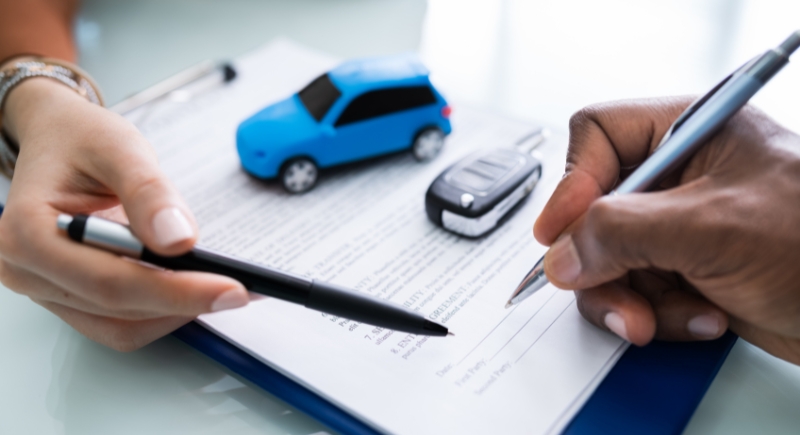
Credit: Getty Images
Auto loans used to last three or four years. Today, six- or seven-year terms are common. That means paying more in interest and staying locked into a depreciating asset for longer. A longer loan might lower your monthly payment, but you’ll pay thousands more overall.
Insurance Premiums You Just Accept
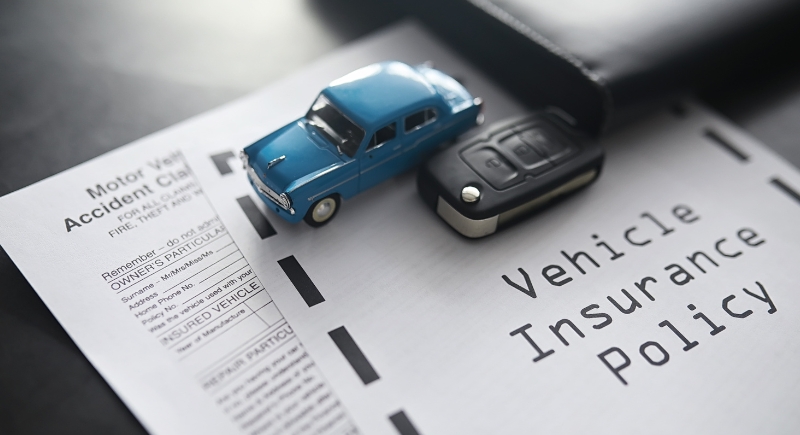
Credit: Canva
Most drivers set their insurance and forget about it. However, rates change fast, especially if your zip code shifts, your credit dips, or you rack up mileage. According to WalletHub, premiums jumped nearly 20% in 2023 alone. That’s hundreds of dollars vanishing annually, unnoticed.
Gas Costs That Add Up Quickly

Credit: Getty Images
Even with a fuel-efficient car, regular driving burns through cash. Gas prices swing wildly, and even modest commutes can cost thousands per year. AAA reported that in 2023, the average driver spent over $2,700 just on fuel. And that doesn’t include idling in traffic or weekend errands across town.
Repairs You Didn’t See Coming
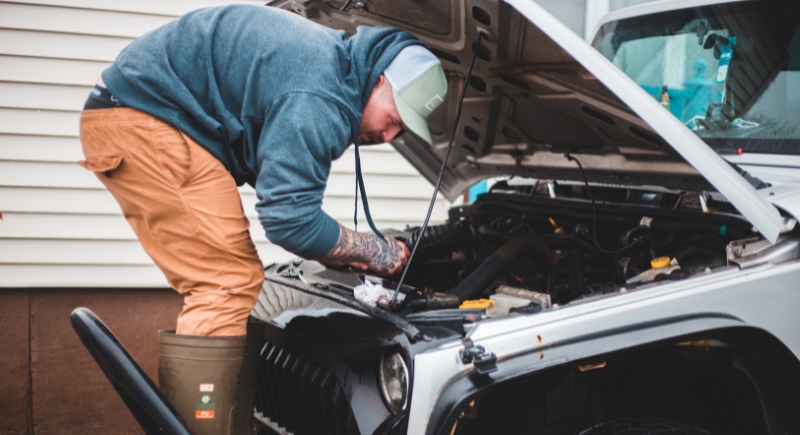
Credit: pexels
A blown transmission or worn-out brake system can set you back over $1,000, and that’s not rare. According to a 2024 MarketWatch survey, two in five drivers delay repairs because they can’t afford them. But driving on bad parts only makes future bills worse.
Buying More Car Than You Need

Credit: pexels
That “new car smell” often hides a painful math problem. A lot of people drive vehicles built for far more than they actually need—larger engines, luxury trims, extra tech—all of which inflate monthly costs. Kelley Blue Book reports that the average new car in 2025 sold for over $47,000. With easy credit and long loan terms, it’s simple to qualify for a payment that looks manageable but drains your income for years.
Maintenance You Skip Until It’s Urgent
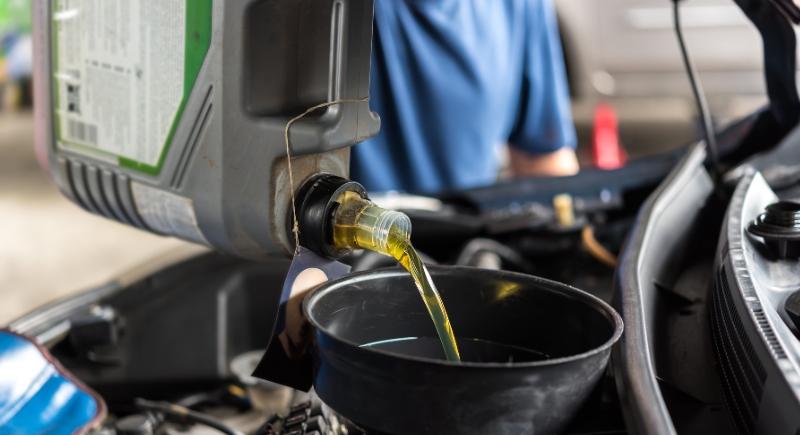
Credit: Canva
Skipping maintenance can feel like saving money at first, but that’s how big repair bills start. An overdue oil change or a flashing dashboard light might not seem urgent, yet every delay wears your car down faster. AAA says most drivers already spend about $1,200 a year on maintenance, and that number can easily double when small fixes turn into breakdowns.
Depreciation That Never Stops
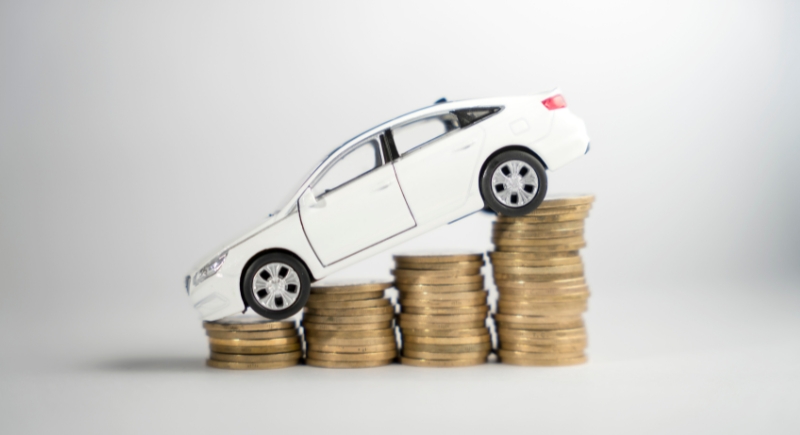
Credit: Getty Images
As soon as you drive off the lot, your car’s value drops fast. After five years, most cars lose about 60% of their original value. If you trade in early or total the car without gap insurance, depreciation becomes real money you’ll never get back.
Car Payments That Crowd Out Savings

Credit: Getty Images
A 2024 GOBankingRates survey found that nearly half of respondents said their car bills kept them from saving or investing. That monthly payment—often $600 or more—could’ve gone into a Roth IRA or emergency fund. Instead, it’s tied up in a liability that drops in value each month.
Parking Fees That Sneak In
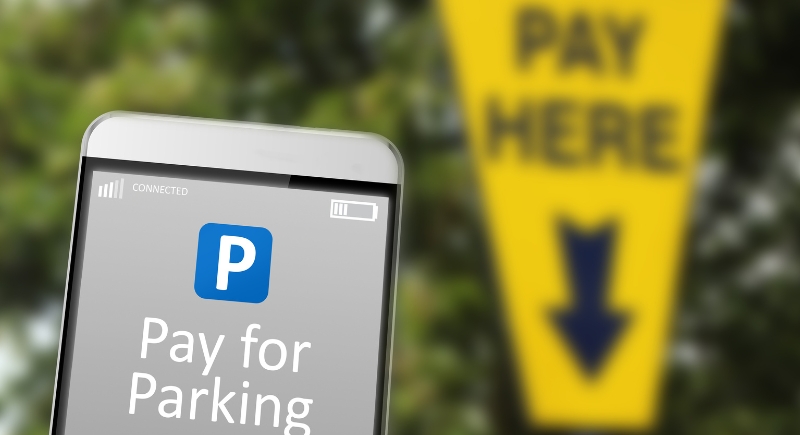
Credit: Getty Images
INRIX and AAA have reported that parking costs can vary widely, with major urban areas paying some of the highest rates. And that doesn’t include the extra costs when you forget to move your car on street-cleaning days, or worse, get towed.
Tires That Eat Into Your Budget
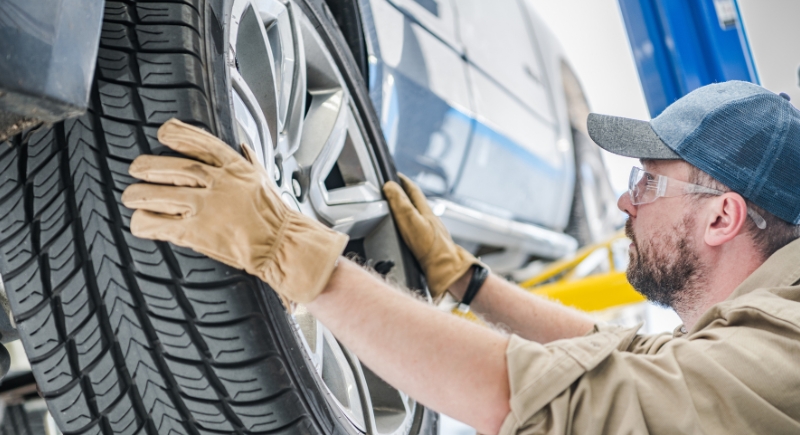
Credit: Canva
Tires wear out slowly but painfully. A full set for an average sedan can run $600 to $800, and it’s often not just tires. Add alignment, balancing, or even a new rim. They’re easy to forget until it’s inspection time or you’re stranded with a blowout.
Add-Ons That Inflate the Sticker Price
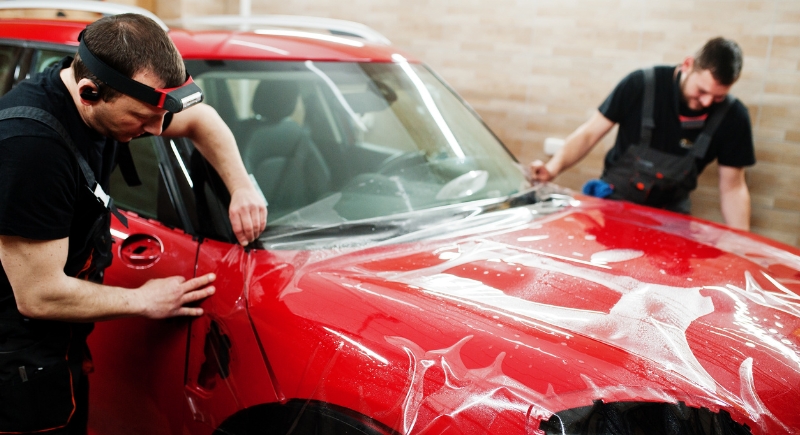
Credit: Canva
Dealership extras like paint protection, extended warranties, or nitrogen-filled tires might sound smart in the showroom, but most are overpriced or unnecessary. A $500 backup camera upgrade might already be built into your phone mount. These hidden markups can inflate the cost of your loan and interest payments for years.
Interest Rates That Steal the Show
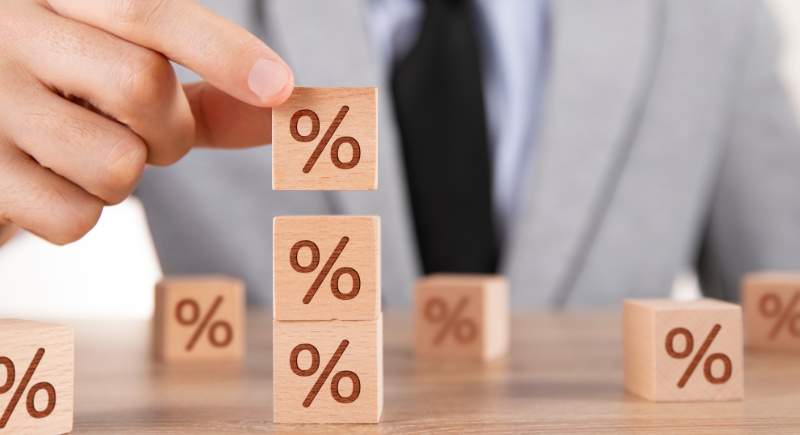
Credit: Getty Images
Car buyers with less-than-stellar credit often face double-digit interest rates. According to Experian, some subprime borrowers pay over 14% interest on auto loans. That transforms a $20,000 car into a $27,000 expense over the loan’s life. It’s easy to focus on monthly payments and miss how much interest stacks up.
Registration and Taxes You Didn’t Budget For
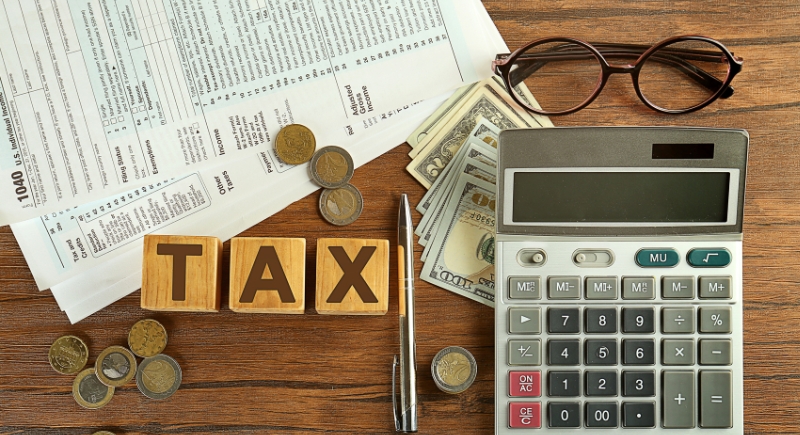
Credit: pixelshot
Buying a car isn’t just about the down payment. Sales tax, title fees, registration, and emissions testing can tack on hundreds—or thousands—depending on your state. New York, for example, adds nearly 9% in taxes and fees at purchase. Forgetting those numbers makes “affordable” cars not so affordable.
Cars That Break the Commute Math

Credit: pexels
If you drive 30 miles each way to work, you’re logging over 15,000 miles a year. That’s not just fuel and maintenance—it’s more depreciation and a higher chance of repairs. Moving closer to work or taking public transport might save more in the long run than sticking with a long drive.
Trade-In Traps That Roll Over Debt

Credit: Canva
Trading in a car with an outstanding loan balance can bury you deeper in debt. Dealers often roll the remaining amount into your next loan, inflating your new balance before you even drive off. That leaves you owing more than the car’s worth—a cycle that keeps repeating until you stop trading up.